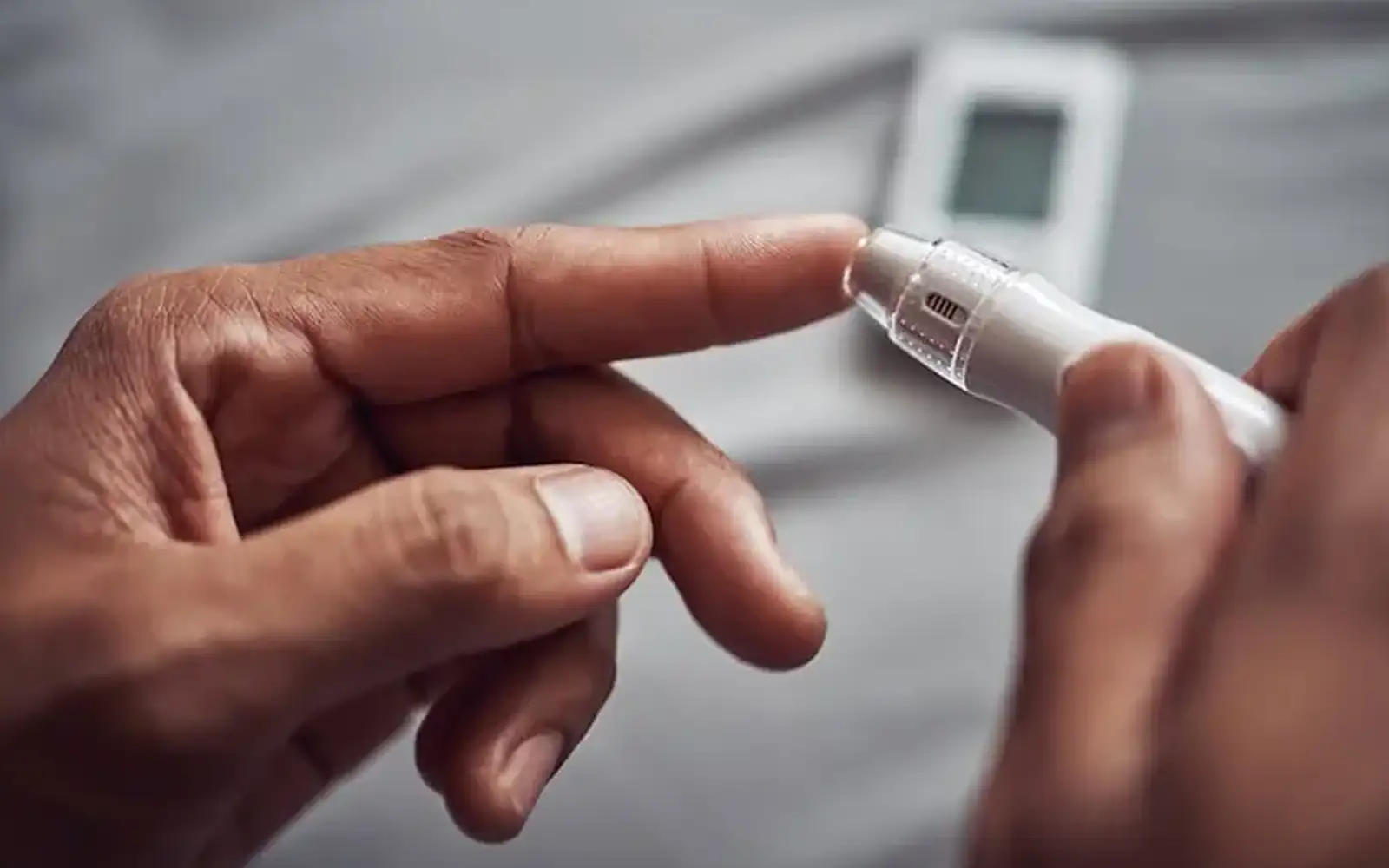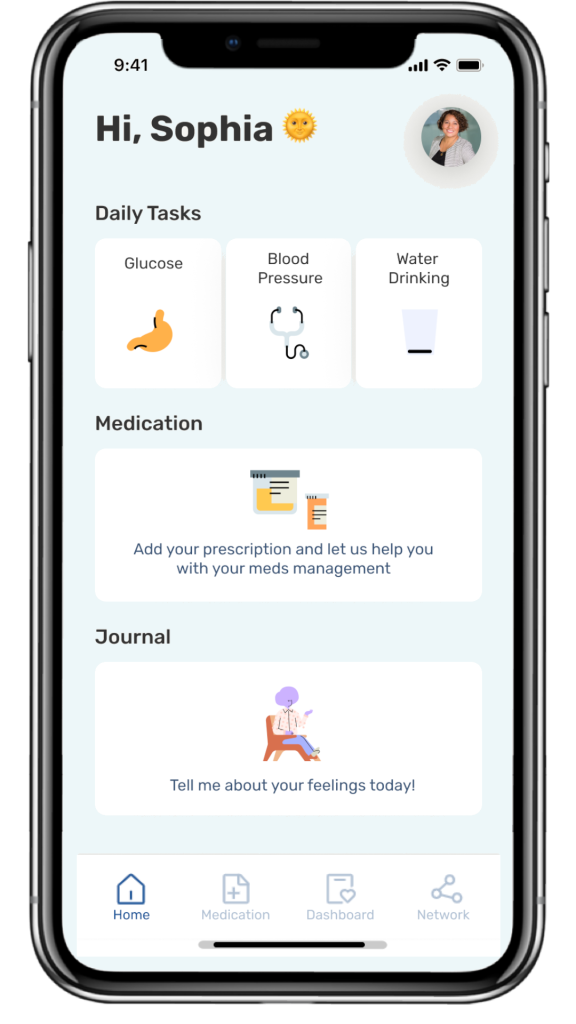For people with type 2 diabetes, controlling blood glucose levels is essential to maintaining good health and preventing complications. One of the most important indicators is fasting blood glucose, which is measured after at least eight hours of not eating. Experts recommend that this value be below 100 mg/dL to maintain good diabetes control and avoid complications. In this article, we will explore why it’s so important to keep fasting glucose below 100 mg/dL and what it means for your health.
What is Fasting Blood Glucose?
Fasting blood glucose is the amount of sugar present in the blood after a period of fasting, usually overnight. It is one of the key measures doctors use to diagnose and monitor diabetes. A fasting blood glucose level is categorized as:
- Normal: Less than 100 mg/dL
- Prediabetes: Between 100 and 125 mg/dL
- Diabetes: 126 mg/dL or higher on two separate tests
Why is it Important to Keep Fasting Glucose Below 100 mg/dL?
Prevention of Diabetes Complications
Keeping fasting glucose below 100 mg/dL is crucial to preventing the long-term complications of diabetes. Chronic hyperglycemia (high blood sugar levels) can damage blood vessels and nerves, leading to serious complications such as:
- Cardiovascular Disease: People with diabetes are at a higher risk of heart attacks and strokes. Elevated glucose levels contribute to plaque buildup in the arteries, which can block blood flow and cause these events.
- Kidney Damage (Diabetic Nephropathy): The kidneys filter waste from the blood. High glucose levels can damage the small blood vessels in the kidneys, potentially leading to kidney failure.
- Vision Problems (Diabetic Retinopathy): Excess glucose can damage the blood vessels in the retina, leading to vision loss or blindness.
- Diabetic Neuropathy: Nerve damage, particularly in the extremities, can cause tingling, pain, or loss of sensation, increasing the risk of injuries and ulcers.
Diagnosing and Preventing Prediabetes
A fasting glucose level between 100 and 125 mg/dL indicates prediabetes, a condition that precedes type 2 diabetes. Identifying and managing prediabetes is crucial because, during this stage, it is still possible to reverse the condition or delay its progression to type 2 diabetes through lifestyle changes such as improving diet, increasing physical activity, and losing weight. Keeping fasting glucose below 100 mg/dL helps reduce the risk of developing type 2 diabetes.
Better Overall Diabetes Control
For those already diagnosed with type 2 diabetes, maintaining fasting glucose levels within a healthy range is an indicator of good overall disease management. Proper blood glucose control reduces the risk of long-term complications and improves quality of life.
Avoiding Insulin Resistance
Elevated fasting glucose levels are often a sign of insulin resistance, a condition in which the body’s cells do not respond properly to insulin. This forces the pancreas to produce more insulin to try to keep glucose levels under control. Over time, this extra effort can lead to pancreatic overload and the development of type 2 diabetes. Keeping fasting glucose below 100 mg/dL helps prevent or delay insulin resistance and the progression to diabetes.
Strategies for Maintaining Healthy Fasting Glucose Levels
- Healthy Eating: A diet rich in fruits, vegetables, whole grains, and lean proteins, and low in refined sugars and simple carbohydrates, is key to maintaining healthy blood glucose levels.
- Regular Physical Activity: Exercise helps improve insulin sensitivity and reduce blood glucose levels. At least 150 minutes of moderate physical activity per week is recommended.
- Regular Monitoring: Check your fasting glucose levels regularly to ensure they are within the recommended range. Talk to your doctor about how often you should perform these measurements.
- Stress Management: Chronic stress can raise blood glucose levels. Relaxation techniques such as meditation, yoga, or simply taking time for activities you enjoy can be helpful.
- Medication: If your doctor has prescribed medication to control blood glucose, it is crucial to take it as directed. These medications can help keep fasting glucose within a healthy range.
Conclusion
Maintaining fasting glucose below 100 mg/dL is essential for preventing serious complications related to type 2 diabetes, as well as for diagnosing and managing prediabetes. Through a healthy lifestyle, regular monitoring, and medical follow-up, you can ensure that your blood glucose levels stay within a safe range, improving your quality of life and reducing the risk of long-term complications.
References:
- American Diabetes Association, “Standards of Medical Care in Diabetes—2024”
- Mayo Clinic, “Blood Sugar Testing: Why, When and How”
- National Institute of Diabetes and Digestive and Kidney Diseases (NIDDK), “The A1C Test and Diabetes”
- Centers for Disease Control and Prevention (CDC), “Prediabetes: Your Chance to Prevent Type 2 Diabetes”
- World Health Organization (WHO), “Global Report on Diabetes”




